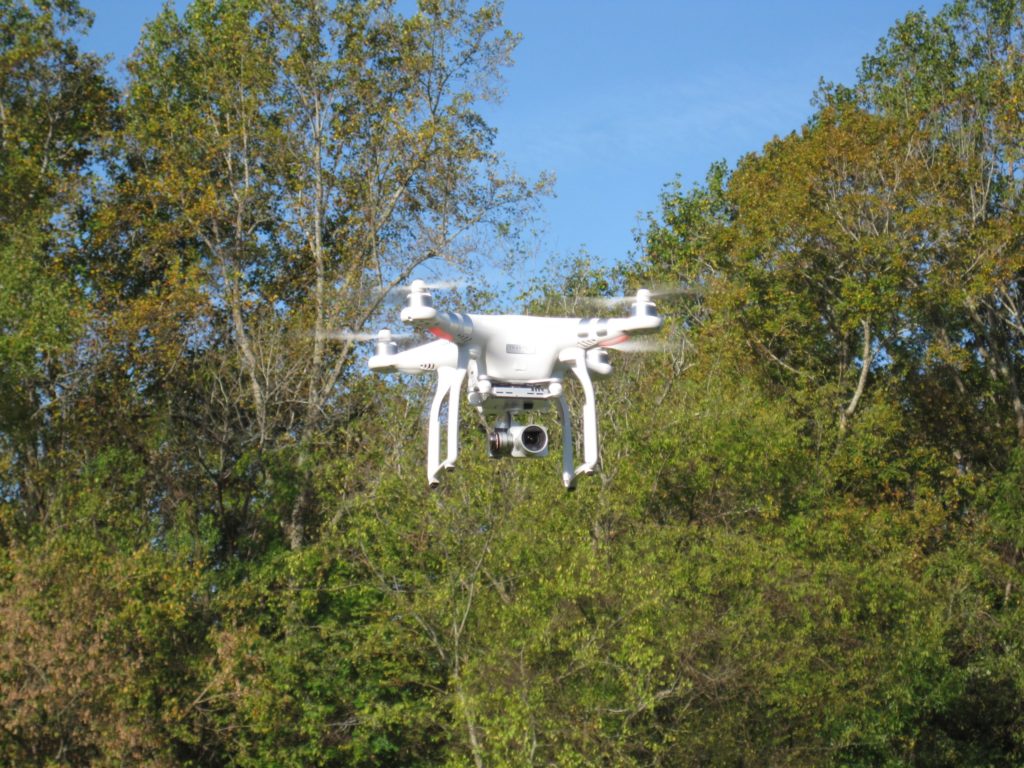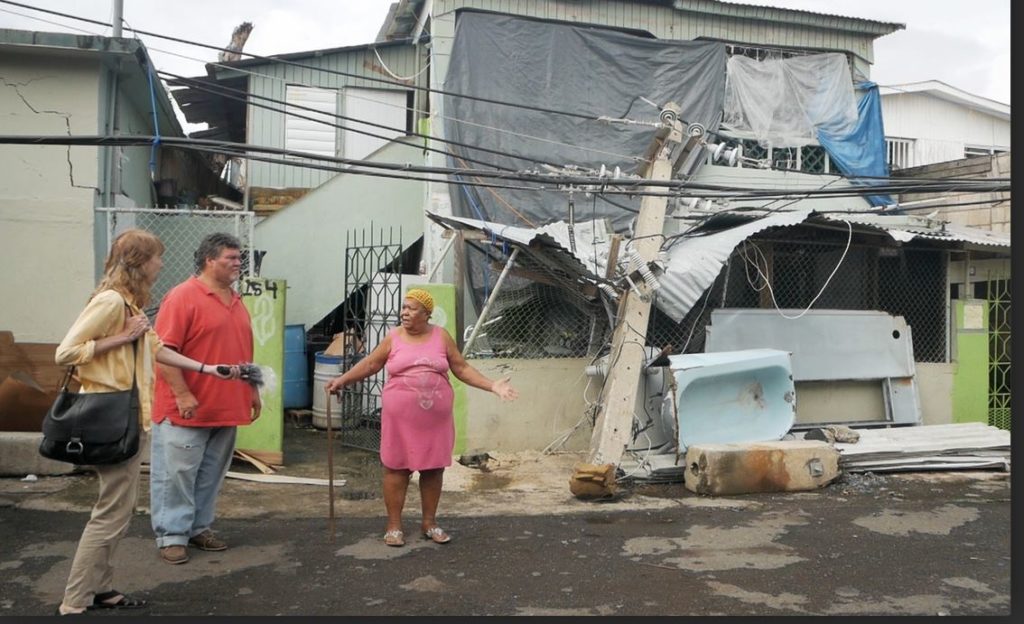
Since the first protests against Wall Street occurred in New York City in early August, more than 170,000 people have posted or commented more than a million times across more than 400 Facebook Occupy Wall Street pages.
In addition, those pages include at least one in each of the 50 states, according to research by a sociologist at the University of North Carolina at Chapel Hill.
Neal Caren, an assistant professor of sociology in UNC’s College of Arts and Sciences, and sociology doctoral student Sarah Gaby are tracking the spread of the protests and the role of social networking sites such as Facebook and Twitter in linking supporters and distributing information. Caren and Gaby have tracked the movement since the first protests and are updating the data regularly. They found that Facebook is the most prominent social networking site associated with the movement.
“Social media sites such as Facebook and Twitter have been central organizing locations for spreading information about Occupy Wall Street,” Caren said. “While the focus of Occupy Wall Street is on mobilizing individuals offline, online activities greatly facilitate these efforts. Facebook has become a recruiting tool for bringing in new supporters and getting people to events.”
Other findings, from data collected through Friday (Oct. 21):
- Facebook pages related to the original Occupy Wall Street protest in New York have accumulated more than 390,000 “likes,” while almost twice that number, more than 770,000, have been expressed on 324 pages related to local occupations in the rest of the country.
- The one-millionth post or comment on an Occupy Wall Street page happened on Oct. 7.
- The density of Facebook activism is highest in college towns and state capitals. Online participation is lowest in the South.
- The number of Facebook Occupiers is approaching the number of online Tea Party activists.
- Major uses of Facebook within the movement include the recruitment of people and resources to local occupations, information sharing, storytelling and across-group exchanges.
The researchers also are tracking such data as Facebook Occupy pages with the greatest number of users and Facebook activity by state and metropolitan area.
Caren, book review editor for the journal Social Forces, researches protest and social movements, the intersection of place and political action and the environmental justice movement and pollution disparities.
For details on the Occupy Wall Street data Caren and Gaby are collecting, visit http://go.unc.edu/Bz2b3.



